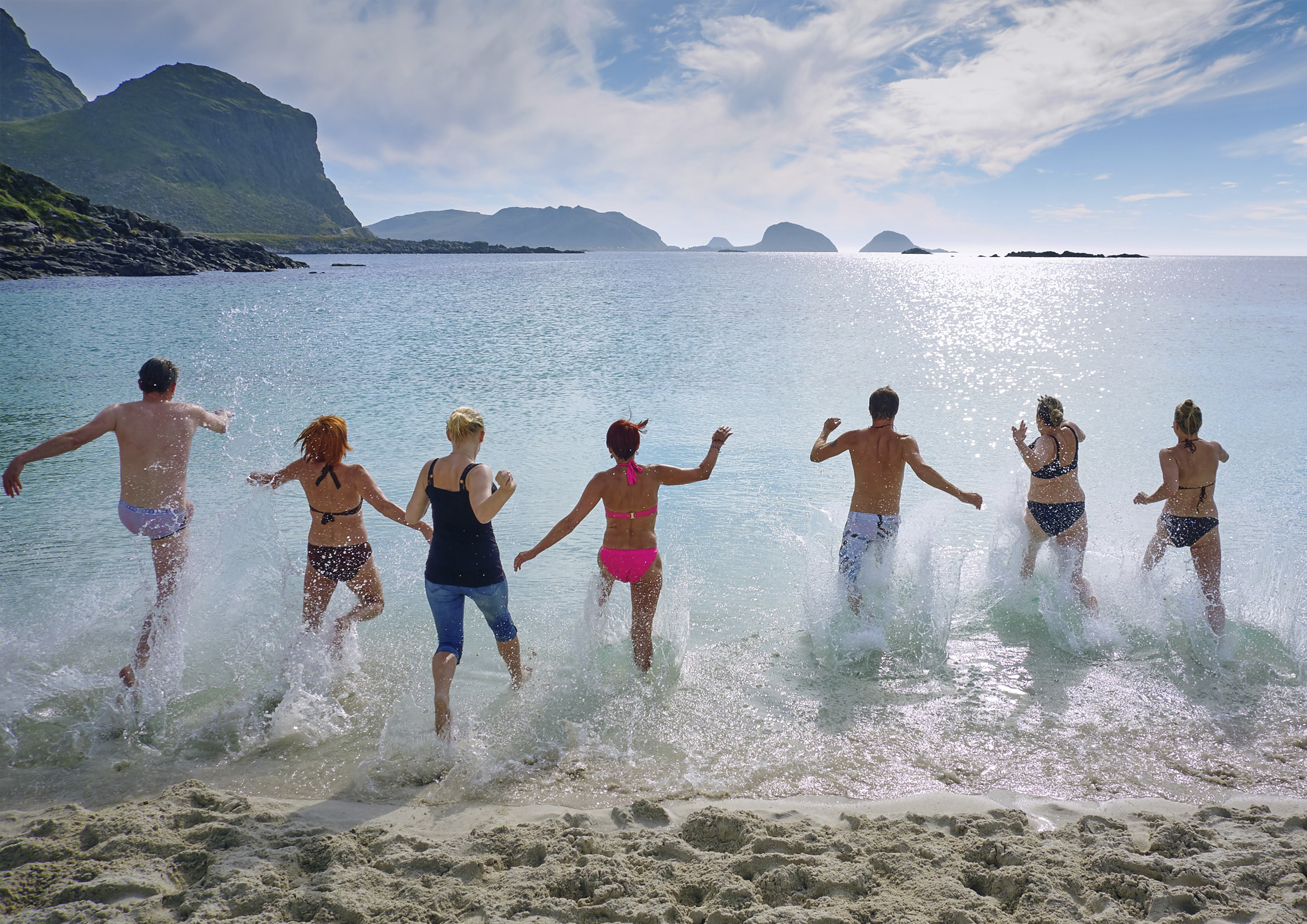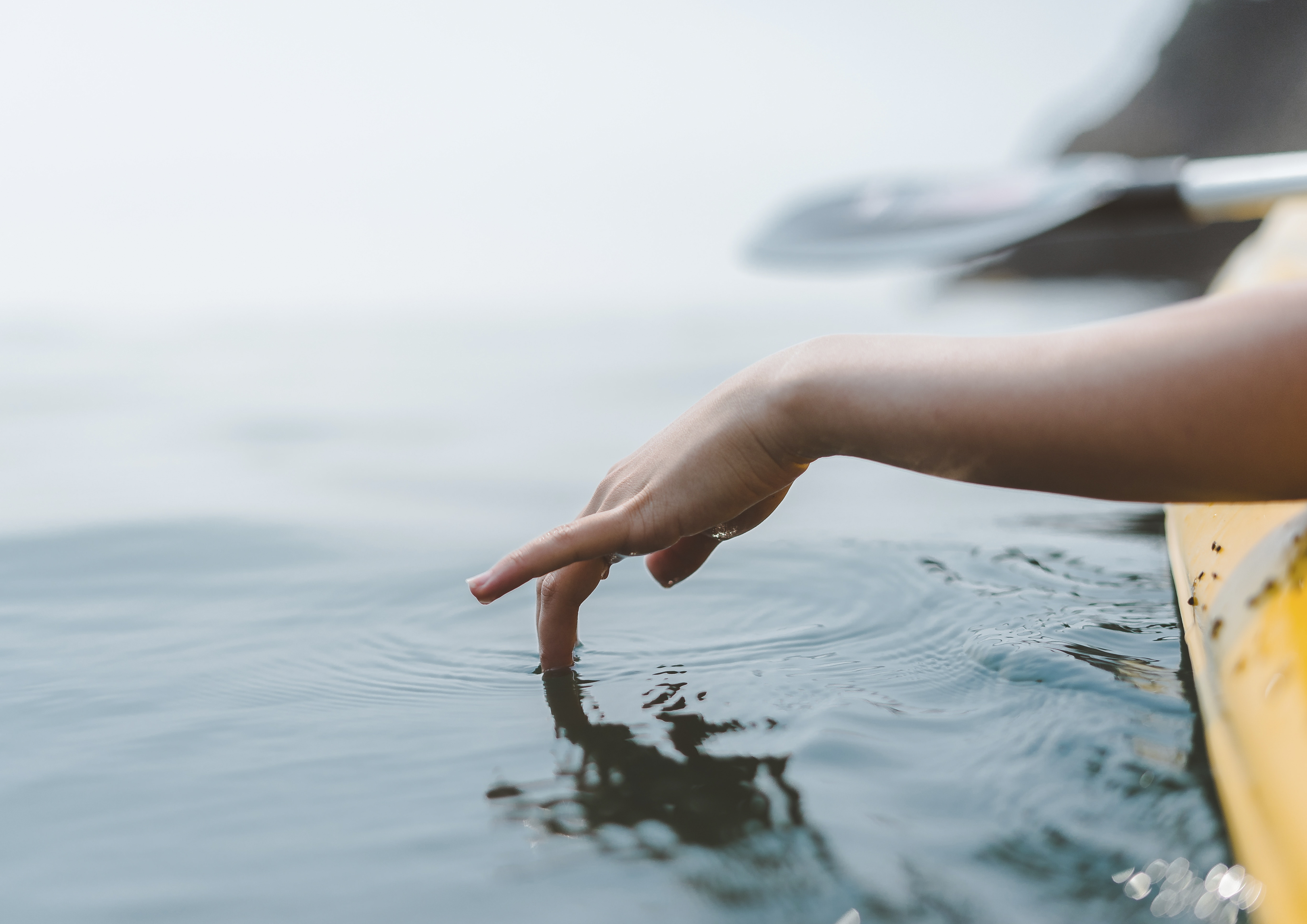
About 320 thousand people die from drowning in the world every year. It is the third leading cause of death, accounting for about 7% of injury-related deaths. Coastal cities around the world are home to about 60% of the world's population. Men and children in this segment of the population are at greatest risk of drowning due to increased access to water. In developed countries such as China and the United States, drowning is, respectively, the first and second leading cause of injury deaths among children aged 1-14 years.
Russia is one of the world leaders in terms of water resources: 2.7 million lakes, 2.8 million rivers with a total length of 12.4 million km and 30 thousand reservoirs. The proximity of settlements to water bodies and increased access of people to water is a significant risk factor for drowning death for a significant part of the population of our country. It should be noted that, according to Rosstat, the number of deaths from drowning in Russia is decreasing every year. So, for the period from 2011 to 2019, the number of deaths has more than halved (from 8272 to 3935 cases of drowning, respectively). To prevent drowning, organizational measures are mainly used such as the installation of special signs and fences around swimming places, teaching children to swim, conducting life-saving trainings, informing about the depth of the reservoir and the thickness of the ice,timely warning about a storm or flood (voice and SMS notification).
Are the measures taken to ensure the safety of water bodies sufficient?
We will assess the potential for improving the level of safety at water bodies by comparative analysis of the effectiveness of measures to ensure safety on highways (10.8 thousand posts of photo and video recording, stationary posts, as well as mobile crews) and safety of water areas (12 thousand posts and rescue stations ). The ratio of the number of deaths in 2019 from drowning (about 4 thousand people) to those killed in road accidents (13.3 thousand people) is 1: 3; while the ratio of registered small vessels (1.5 million) to vehicles (53 million) is 1:35. At the same time, the ratio of the number of recorded violations of the rules for the use of water bodies (34 thousand) to traffic violations (106 million) is 1: 3000, whichcharacterizes the insignificance of preventive measures to reduce mortality in water bodies . Rescue posts and stations are not equipped with special technical monitoring complexes that allow recording violations of the rules for the operation of water bodies (similar to photo and video recording complexes). Safety monitoring at water bodies is completely entrusted to the rescuers (exclusively "human factor").

It should be recognized that the general tendency to equip common areas with monitoring tools is justified. Thus, the use of video surveillance systems in parks and squares makes it possible to reduce the number of offenses committed and increase their detection rate, and the development of photo-video recording systems aimed at preventing traffic violations allowedto reduce the number of deaths in road accidents in Russia for five years by 26% . Statistical figures show that the number of deaths on water bodies in specific comparison is an order of magnitude higher than on highways. This gives reason to believe that with the widespread introduction and equipment of water areas with special technical means of monitoring and the development of a culture of a responsible attitude to the rules for the operation of water bodies among the population, there is a significant potential to reduce the number of drowning. These proposals have already been supported by the Professional Union of Seafarers and the Federation Council .
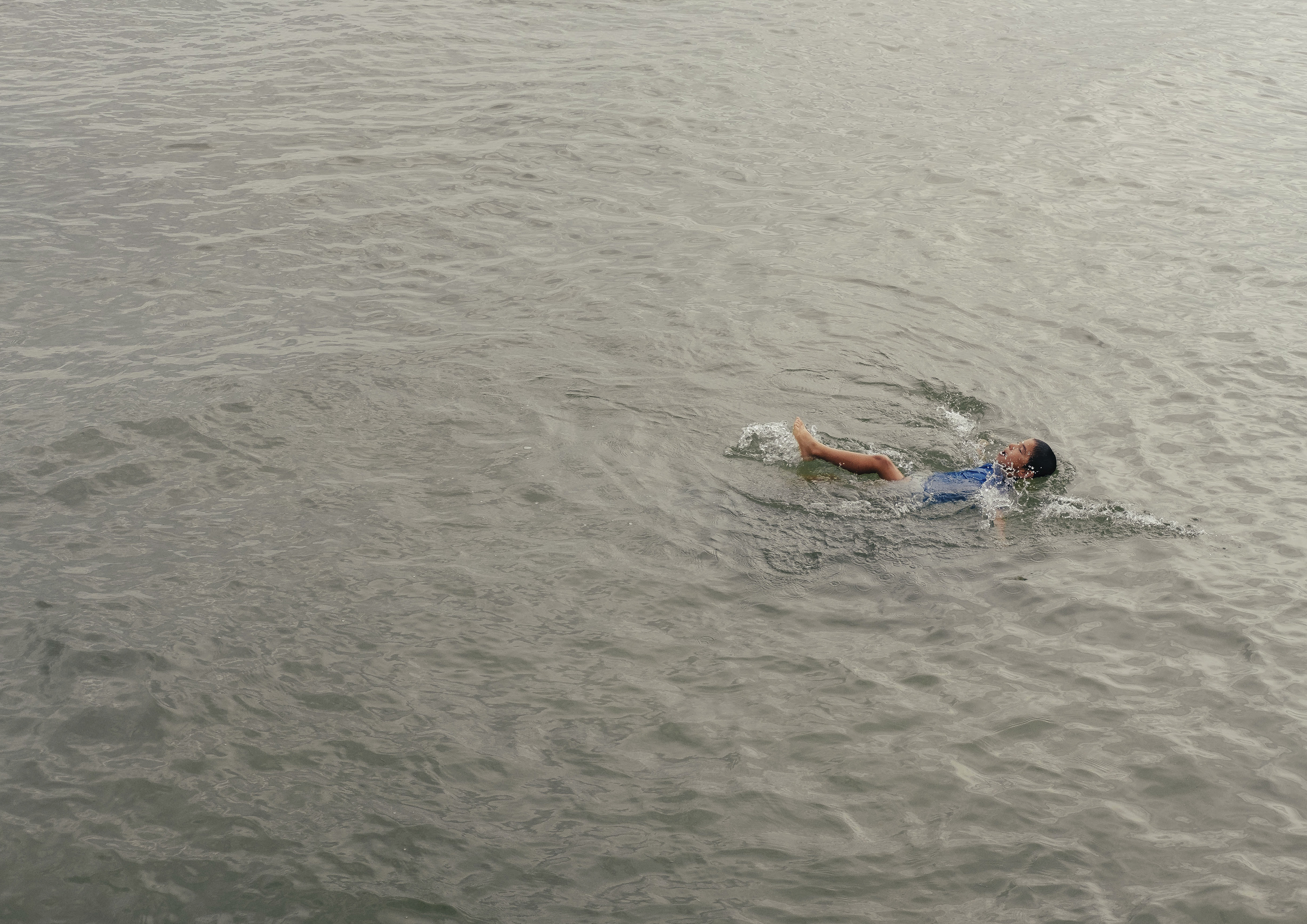
According to experts, the main causes of accidents on water bodies leading to drowning today are:
- Bathing under the influence of drugs and alcohol;
- Violation of the rules for the operation of ships;
- Excessive arrogance;
- Lack of awareness of people about the potential danger;
- Swimming in unequipped places;
- Leaving children unattended.
According to the Decree of the President of the Russian Federation, until 2030, it is necessary to reduce the number of accidents on water bodies by at least 20% compared to the indicator of 2019, and the number of deaths on water bodies must be reduced by at least 18%. To achieve the set tasks, significant technical equipment of rescuers and special services will be required .
Based on accessibility and functionality, existing solutions for ensuring safety at water bodies are usually based on the use of video analytics.
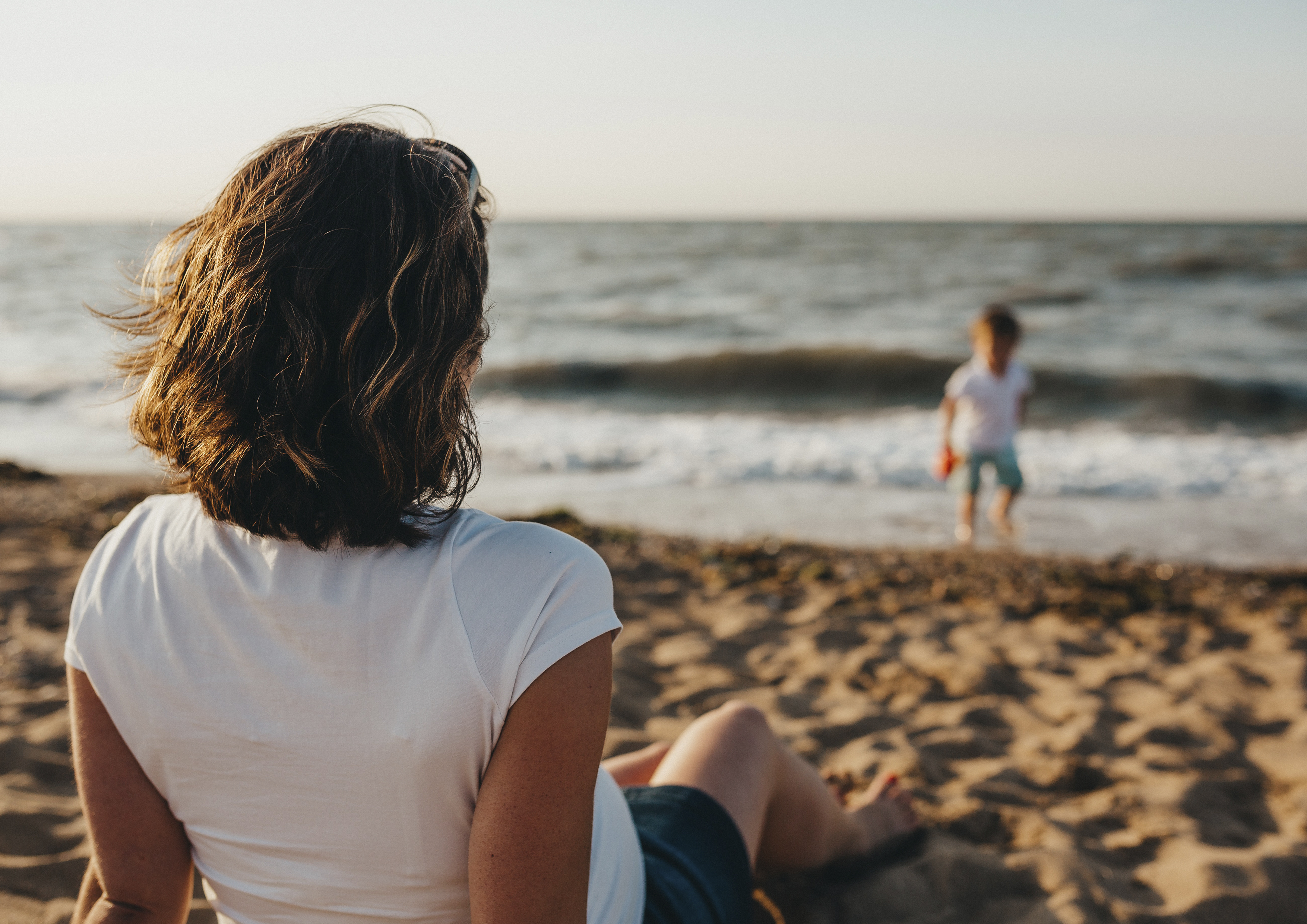
Classification of video analytics algorithms
According to the complexity of the implementation of video analytics algorithms, they can be conditionally divided into three classes of monitoring tasks:
1 Standard video analytics tools , which theoretically can be implemented by most "smart cameras" of popular vendors (Hikvision, Dahua, Axis, etc.):
1.1 Swimming in prohibited places and swim of a man "for buoys";
This video analytics, in theory, is a special case of the event “a person crossing the forbidden zone”, but since systems based on general models of teaching people detection are not designed to detect a person from a part of the image, the actual applicability of general algorithms remains questionable.
1.2 Dangerous approach of the vessel to the bathing area;
1.3 Finding people on the railings of bridges, embankments, quays.
To analyze the limitations of applicability, we will analyze the latter, at the time of the publication of the article, intelligent video surveillance systems. For example, Hikvision DeepinView. For perimeter security purposes, the DeepinView 7 Series cameras use intelligent video analysis algorithms to reduce false alarms and customize alarms using target classification. You can set the alarm to be triggered only for people or only for vehicles that come into the camera's field of view. Another option is to set up an exception so that the camera only responds to cars, for example.
The optional Auto Tracking feature is designed for low activity scenarios. The camera will only respond to moving objects, focusing on a specific target, thereby increasing the efficiency of the security system and saving storage space. As the analysis of the functions shows, the system sensibly separates the phases of detection and follow-up, using for the latter algorithms such as "tracking without detection (DFT)" in which the detection of new objects is not constant, and the restrictions on the size of the objects of detection and the model used make this solution applicable mainly in areas of complete ban or for control, for example, during prohibited hours.
Approximately the same is typical of all vendors who released on-camera analysts on neural networks in 2020, but the disadvantages of on-camera analysts are the same - it is low performance of camera processors, which leads to restrictions on the number of simultaneous analysts and imposes restrictions on the use of certain camera models, the cost of which obviously more expensive.
2 Video cameras with video analytics based on DEEPMIND technologies (for example: IVA Bosch), which formally being on-camera analytics, in fact, work with the participation of receivers that have sufficient power to simultaneously launch several vendor analysts per channel and are engaged in internal proxying:
2.1 Fall (jump) of a person from a bridge , embankment or pier;
2.2 The exit of a person on the ice;
2.3 Fire (explosion) at a water body;
2.4 Swimming on inflatable and other means not intended for these purposes;
3 Tasks requiring a private solution:
3.1 A person in distress on the water (risk of drowning);
3.2 Falling of a person under the ice;
3.3 Collision of ships, grounding of a ship aground, shipwreck;
3.4 Suspicious human behavior.
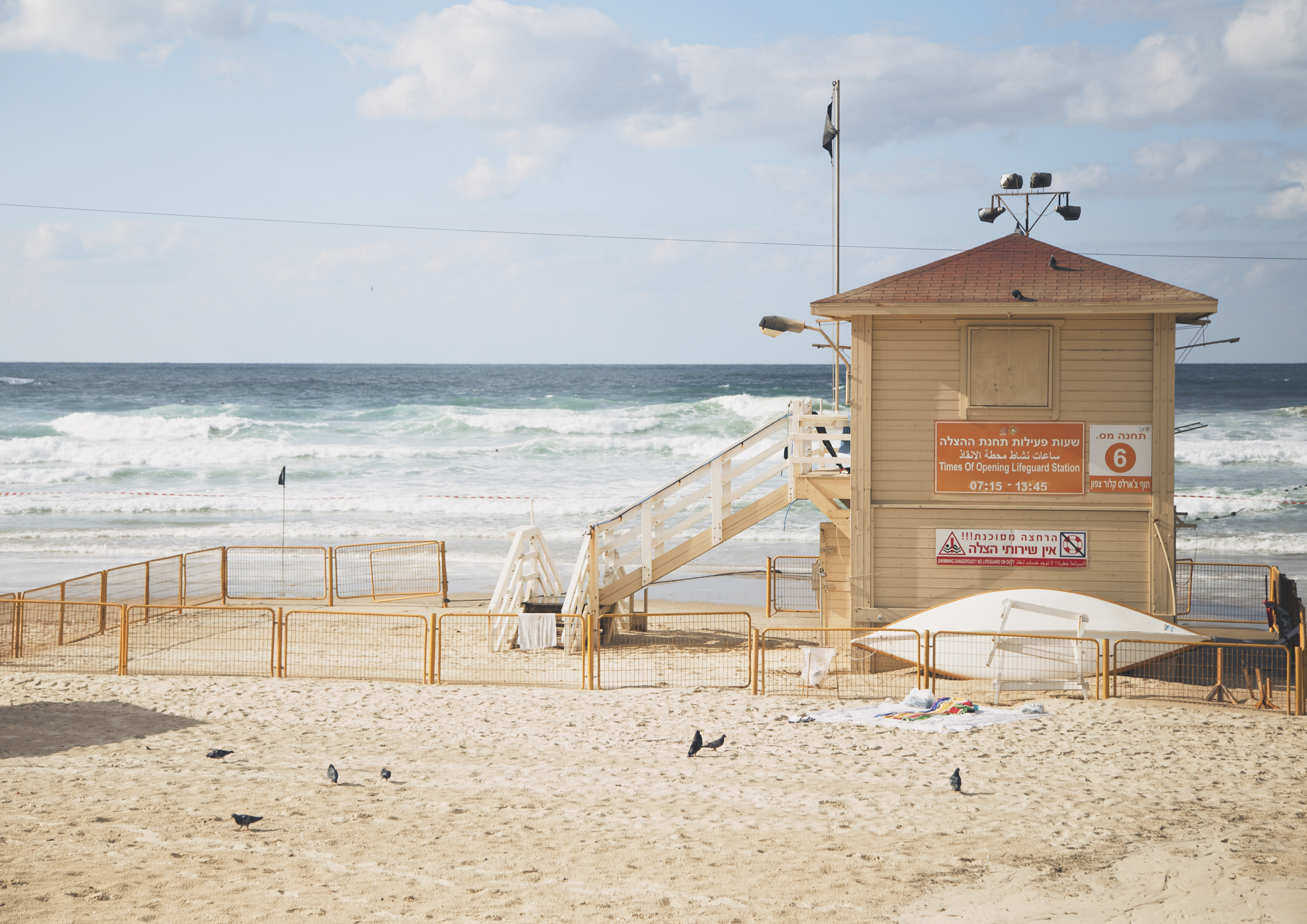
The solution of problems of the third class of complexity is based on ensuring continuous tracking of the monitoring object in combination with some particular metrics.
Implementation of the functional of continuous human tracking is a rather difficult task even in “laboratory conditions”, but in an aquatic environment or in the format of on-camera analytics it looks practically unrealizable. And this is even if we take the problem of identifying unique objects by the combination of their characteristic features (clothes, dimensions, movement features, etc.)
Object tracker usually has three parts: an appearance model, a motion model, and an update model. The overall flow of the object tracking algorithm is described as follows: each tracked object is represented by simulation, and the appearance model is established based on the original information. The appearance model is used to locate an object in the current frame. Based on the tracking results in relation to the current frame, the update strategy is used to update the appearance model to allow it to adapt to changes in the object and the environment, the main problem of the continuity of tracking is to ensure it in the aquatic environment when diving or swimming underwater when a person temporarily disappears in the monitoring area.

, 3 :
- ( , ), 30 200 ;
- ( , ), 50 200 ;
- ( , ), .
A man on the shore : an object with characteristic dimensions from 100 to 200 cm in height and from 30 to 70 cm in width and characteristic speeds from 2 to 6 km / h.
Man on the water: swimmer: an object with characteristic dimensions from 20 to 50 cm in height and width and characteristic speeds from 1 to 4 km / h.
On average, the comfortable duration of an ordinary person's stay under water when diving is about 10 seconds. Of course, the exception is diving professionals and amateurs, whose number relative to the number of vacationers is small and can be attributed to errors in the measurement system (at the stage of model training).

The main principle of placing video cameras on the beach is the need for a complete view (coverage) of the beach and bathing area. To exclude "blind spots", excessive placement of cameras, tracking errors when switching between monitoring areas (when using multiple cameras), it is recommended to use panoramic CCTV cameras with several sensors and a horizontal viewing angle of 180 °, which provides a single image from the monitored area with only one video camera.
For example, when placing a Hikvision DS-2CD6944G0-IHS camera (4MP x 6mm x 4) on a support at a height of 4 meters at a distance of 40 meters from the coastline on the water body we are considering: on the beach and in the bathing area, an accuracy indicator of about 50 pixel / meter, which is enough for tracking a person both on land and in water.
These multi-sensor cameras provide a single image from the beach and bathing area for the computer vision system. In frame-by-frame analysis of changes in the tracking of people in the image, the algorithm provides online statistics of objects in the monitoring area and allows you to identify “anomalous objects”, that is, those that “disappeared” or “appeared” relative to previous and subsequent frames. The separation of "anomalous objects" from the main pool of objects in the water is carried out through the use of a set of algorithms characteristic of human behavior in water, such as the speed, inertia and motion vector of the swimmer, as well as the comfortable and acceptable time spent by the swimmer under water, which allows a certain it is more likely to predict the emergence of a swimmer within a certain radius from the diving point and verify his identification.“Abnormal” events can also occur in the beach area. For example, the short-term obstruction of one object by another is a "normal" event and simply must be trained in the algorithm to exclude false signals, and an object left unattended should already arouse suspicion among special services.
Why do you need to solve such a non-trivial problem? It has already been considered above that to ensure safety at water bodies, only existing solutions on the market are not enough and it is necessary to develop special algorithms and computer vision technologies. But there is another good reason for such developments - this is the trend of digitalization of the beach tourism industry. The development of the tourism industry and competition are constantly increasing the requirements for the comfort and safety of tourists in Russia and the world. The concept of "smart beach" is gaining more and more popularity, which has already begun to be implemented in Phuket , Dubai and Haifa.... This includes providing visitors with wi-fi, lockers, automatic garbage collection, and a well-developed information and security system. Modern global trends have also begun to be supported in some Russian cities, for example, in Moscow , Sochi and Irkutsk . Municipal authorities have begun installing smart cameras, metal detectors and other means on beaches to keep people safe on the beach.
"Smart Beach"Is a zone of unprecedented comfort and integrated safety. Tracking people, combined with weather data from a weather station or from open sources, opens up access to measuring the length of time a person has been in the water and in the sun. In addition to data on water temperature, air temperature, ambient air pressure and solar activity, the system can provide both general and individual recommendations (for example, in the form of voice alerts) for beach visitors to avoid the risk of hypothermia, overheating or exacerbation of heart disease.
A high level of attention to beach visitors is a whole complex of organizational and technical measures, in which there are no trifles... A young child or an adult left unattended by the water, whose gait indicates a painful condition, must be detected by a computer vision system that will notify the rescuer or play a voice alert according to a specific scenario. It is the concern for the safety and comfort of people that drives development today, regardless of where we are: on land, air or at sea.
